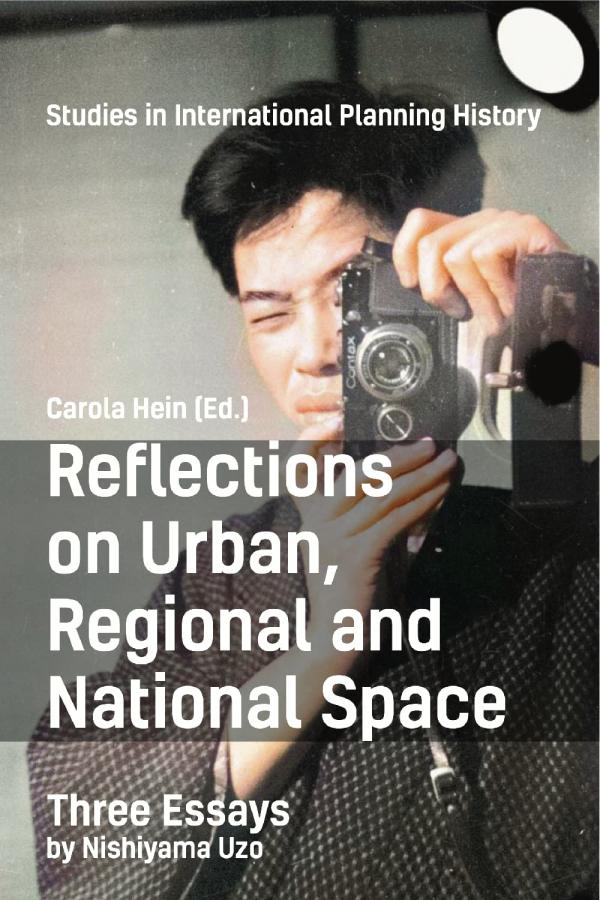NISHIYAMA UZŌ
Leading Japanese Planner and Theorist
Synopsis
Japanese planning emerged in the mid-19th century, at almost the same time as planning in Europe and America and in response to similar challenges. Yet the different groups of planners did not enter into a balanced exchange. Japanese practitioners and scholars observed foreign practices, commenting on them and occasionally integrating some aspects of them into their own work, while also carefully building on long-standing Japanese traditions of urban form, and testing their knowledge in colonial and post-colonial settings. In contrast, only a few foreign practitioners observed Japanese urban planning efforts, and most of them did so with the goal of proposing their own ideas for improvement— at least until after World War II. During the reconstruction period in the early 1950s, foreigners paid little attention to Japanese planning, whereas Japanese architects were part of the European and American modernist architectural scene, notably Tange Kenzo, who designed the Hiroshima Peace Memorial Centre and Park to commemorate the first atomic bombing of a city, and his immediate colleagues.
Other major figures of Japanese urban planning, particularly those who had made their marks through writing, remained all but unknown outside the island nation. Among them is the architect-planner, historian-theorist, humanist and avowed Marxist Nishiyama Uzō (1911–1994), who had collaborated with Tange on the master plan for the 1970 OsakaWorld Expo. Nishiyama made his contribution mainly through his teaching and his many writings rather than his few architectural works. Though his writings and projects have only barely been studied either in Japan or outside of it, Nishiyama’s reading and interpretation of planning practices—historical and contemporary, in Japan and internationally—influenced Japanese urban planning theory and practice. Notably through his writings, he connected Japanese practitioners to global debates, and his analysis of traditional Japanese urban structures and housing as well as his design proposals helped shape post-World War II Japanese planning. Nishiyama was also a keen observer of the changing Japanese built environment, making an enormous number of sketches, drawings, and photos. The following discussion briefly introduces Nishiyama’s life and work and then focuses on his urban ideas through the lens of the three articles and their translation that form the core of this book.






